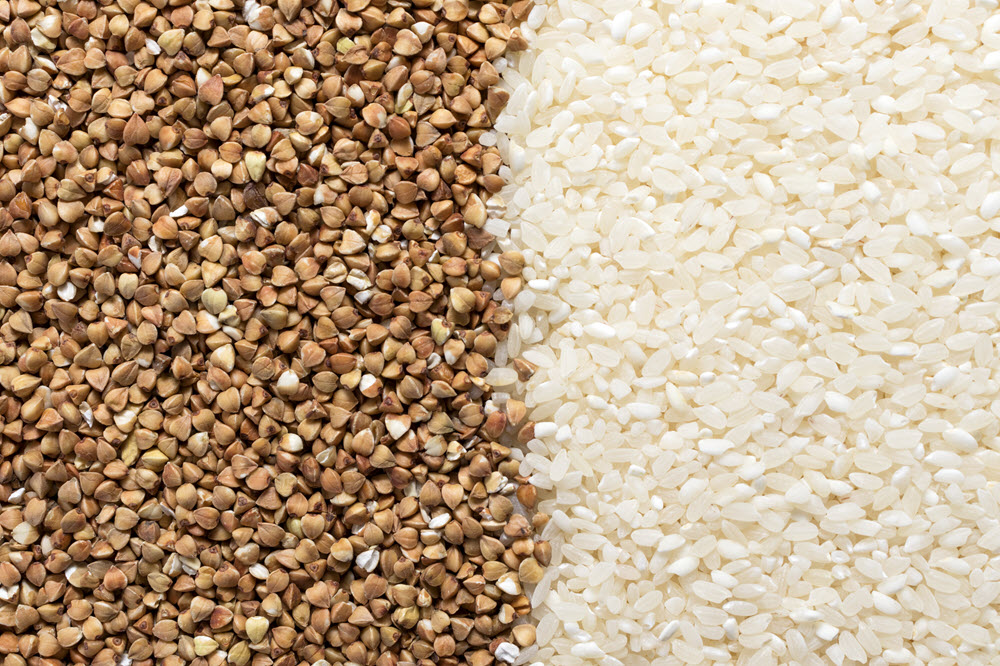Well-Being: Fitness & Diet
Low Carb Grains
By S.I. (staff writer) , published on July 19, 2021

Medicine Telehealth Health carbohydrates diet
Low carb diets demand food items that are low on carbs and calories. In this case, grains are primarily out of the question as they are full of carbs. However, some grains can be consumed on low-carb diets. This article covers a few low-carb grains to enable you to enjoy your favorite meals, even on a diet. These grains are high in fiber and low in carb content. You can consume them in a moderate amount. Keep everything calculated; count every single calorie you consume. You can calculate the net amount of carbs in these grains by subtracting fiber content from carb content [1].
Low Carb Grains Options:
Below is the list of low-carb grains that can be moderately consumed on a diet:
- Oats: oats are not only nutritious and delicious; they can be made into a vast number of scrumptious dishes. They are a whole nutrient-packed meal that you can satiate on. Oats are high in nutrients and fiber content. Being an excellent beta-glucan source, oats reduce blood cholesterol levels, preventing various cardiovascular diseases [2].
- Bulgur: this cereal is made by cracking wheat berries. It is rich in vitamins, minerals, and other nutrients. Play with the ingredients to make something different and delicious. Its fiber content provides several health benefits.
- Barley: it is a cereal grain best known for its chewy texture and nutty flavor. It is also rich in fiber and other nutrients, having 41.5 grams of carbs in 170 grams (one cup) of cooked barley [3]. It is rich in selenium, zinc, magnesium, manganese, and copper. Use hulled barley instead of the highly processed ones.
- Popcorn: it is usually considered a snack, but it is a high fiber, whole grain food. It is low in calories and high in fiber, vitamins, iron, and magnesium. Air-popped popcorns are better than oil-popped ones. One cup of popcorns (14 grams) contains only 6.5 grams of carb, the rest being the fiber. Make your popcorns at home as most commercial preparations are full of oil, artificial flavors, added sugars, etc.
- Wild rice: wild rice is cultivated in Hungary, Australia, America, and Canada. It is produced in paddy fields from grasses of the Zizania genus of plants. It is rich in antioxidants, folate, vitamins, minerals, and other essential nutrients. Calculations show that only 32 grams of carbs are present in one cup (164 grams) of wild rice [4]. It is pretty less than white rice. An extensive list of rice recipes is available on the web. You can cook it as per your liking.
- Couscous: semolina flour or durum wheat is processed to make couscous out of it. It is packed with selenium, and other vitamin, minerals, and nutrient. Selenium is an important trace element essential for various functions in our body. It is responsible for heart, thyroid, and immune functioning [5].
References:
- https://www.ncbi.nlm.nih.gov/pmc/articles/PMC3595318/
- https://www.ncbi.nlm.nih.gov/pmc/articles/PMC6892284/
- https://fdc.nal.usda.gov/fdc-app.html#/food-details/1101534/nutrients
- https://fdc.nal.usda.gov/fdc-app.html#/food-details/168897/nutrients
- https://www.ncbi.nlm.nih.gov/books/NBK482260/
Find articles related to: Medicine Telehealth Health carbohydrates diet
More articles about Well-Being: Fitness & Diet
Back to the Health Tips Index




